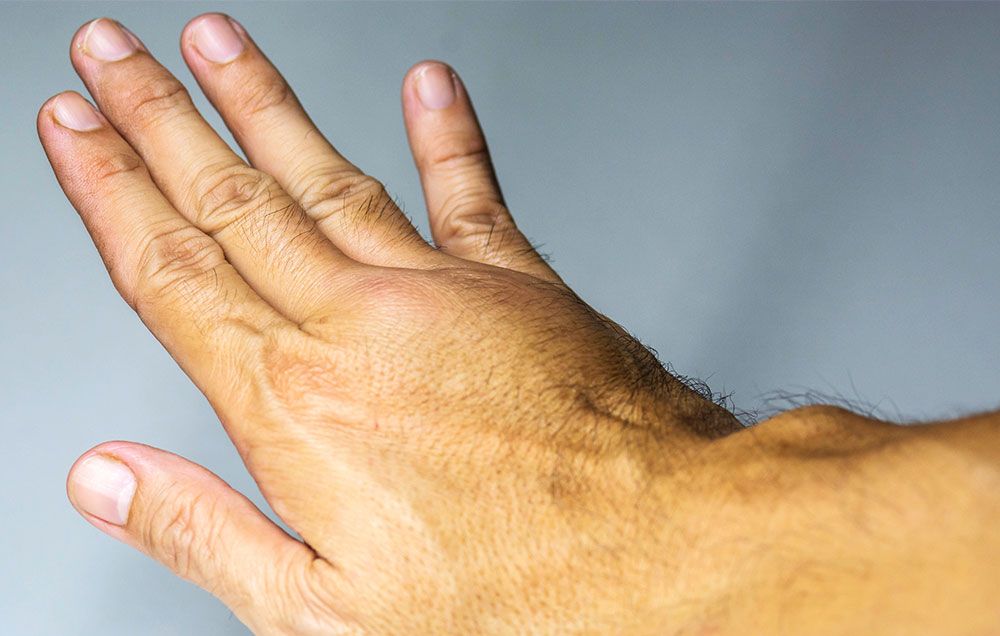

Your doctor might prescribe medications to thin your blood. In addition, treatment may help prevent a pulmonary embolism and lower your risk of having more clots.
#Blot clot signs professional#
A healthcare professional can check out your symptoms.ĭVT treatments focus on keeping the clot from growing. Tell your doctor immediately if you think you’re experiencing symptoms of DVT, or go to the closest emergency room. Covid-19, tuberculosis, and other viral or bacterial illnessesĭVT is a serious medical condition.cardiac problems like high blood pressure and heart failure.In addition, several other health conditions can increase the risk for DVT.

Cancer: Having pancreatic, lung, stomach, or brain cancer, as well as other cancers, puts you at risk of DVT, especially if you’re undergoing chemotherapy.Hereditary blood clotting disorders: Having a clotting disorder makes you more susceptible to DVT.Smoking: This is associated with a higher risk of DVT.Catheter: Having a catheter placed in a vein can increase the likelihood of a blood clot forming.Family history: Having relatives who have had DVT may make you more likely to get it.In fact, pregnant people are 5-10 times more likely to develop DVT than those who aren’t pregnant. Pregnancy: Pregnancy increases the risk of DVT.Being overweight can put more pressure on your legs and pelvis veins. Trauma: Having an injury that damages your veins, like a bone fracture, can cause a blood clot to develop.Only 1 in 10,000 people younger than age 20 get DVT, but among those older than age 80, it is 1 in 100. Age: DVT can still happen at any age, but the incidence rises in older ages.These include birth control pills, hormone therapy drugs, glucocorticoids, and antidepressants. Certain medications: Some medications increase the chances your blood will form a clot.If you cannot move for extended periods, the blood flow in your legs can slow down. Reduced mobility or inactivity: When you sit frequently, such as during a long flight, blood can collect in your legs, especially the lower parts.Bed rest with little to no movement after surgery may also increase your risk of developing a blood clot.

#Blot clot signs skin#


 0 kommentar(er)
0 kommentar(er)
